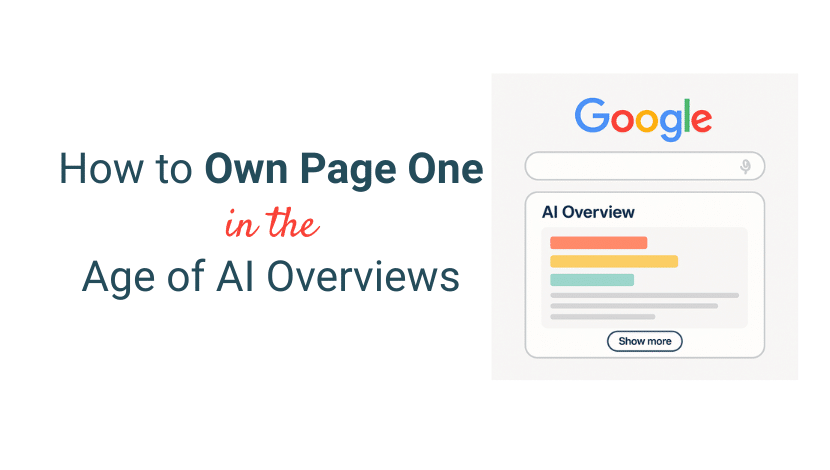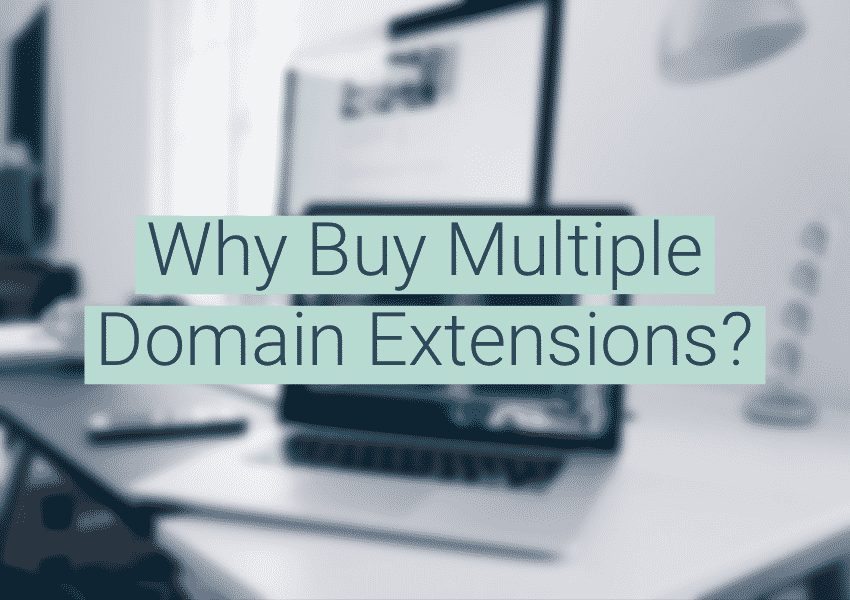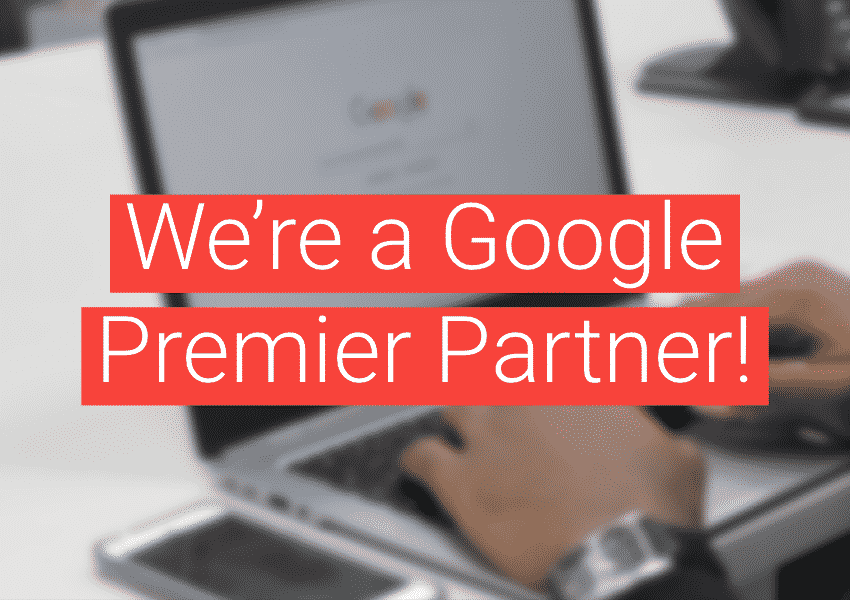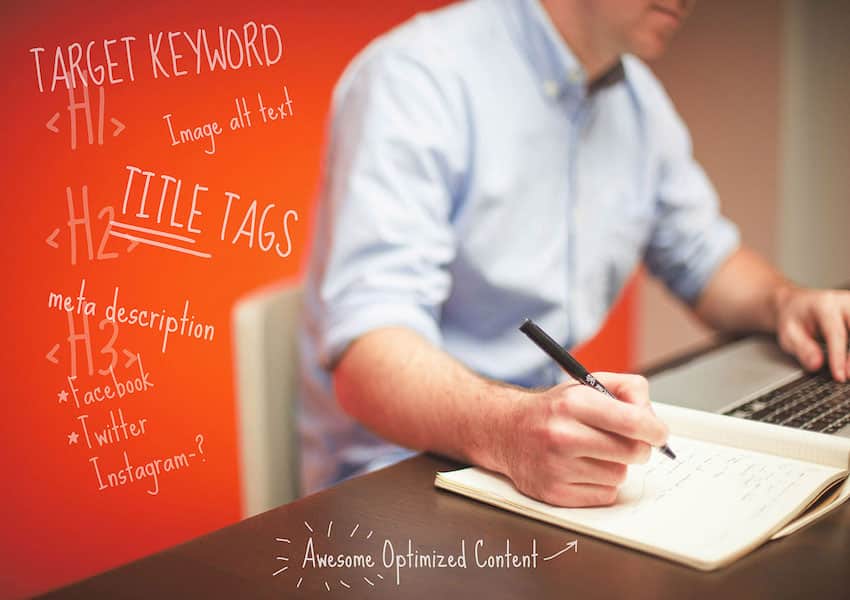Why SEO Requires a Full-Funnel, Multi-Channel Strategy
by Tarun Gehani, SEO Director
As Pure Visibility’s SEO Director, I’ve seen firsthand how much the search landscape has shifted in just the last year. Google is rolling out AI Overviews across more and more queries, and while the company claims this will increase traffic to quality sources, third-party research suggests otherwise. In fact, a recent study by Laurence O’Toole at Authoritas found that AI Overviews can reduce clicks by up to 34%.
That means even if you’re ranking #1, you’re no longer guaranteed visibility (or traffic). And with fewer opportunities to earn organic clicks, the question becomes: how do you stay relevant and competitive in an AI-influenced search world?
The answer: you don’t just optimize your site anymore… you Own Page One.
The Old SEO Playbook Isn’t Coming Back
There was a time when a single high-ranking blog post could deliver massive results. You could write a piece of content around a keyword, land in the top spot, and enjoy 30-40% of the clicks. That era is over.
Today, between AI Overviews, featured snippets, “People Also Ask” boxes, image carousels, YouTube results, Google Ads, and other SERP features, traditional organic listings are getting squeezed. Sometimes, they don’t even appear until halfway down the page. And depending on the query, the web results tab might not even be the default view.
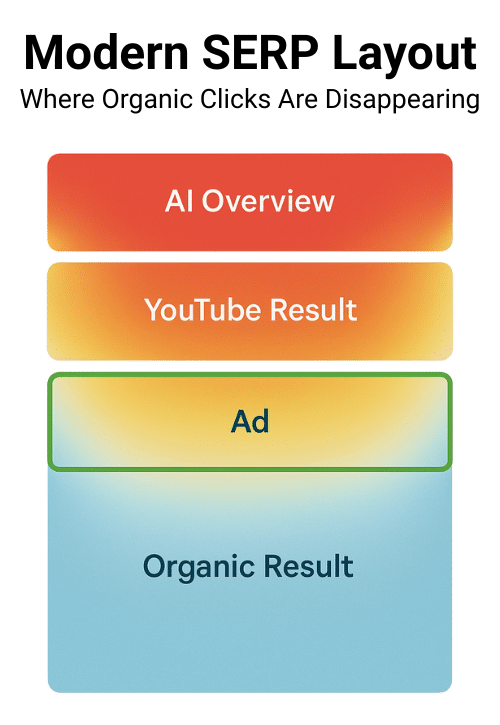
Waiting for your one blog post to carry your traffic goals is like betting your entire quarter on a coin toss. That’s why brands need a new way forward.
What It Means to “Own Page One”
Owning page one is about capturing multiple positions in the search results for a given topic, and not just on your website. Think about:
- Your blog post
- Your YouTube video
- Your LinkedIn content
- Your Google Business Profile
- A paid search ad
Each of these is a doorway to your brand. The more of them you control, the more you increase your visibility and your chances of earning the click, even when AI overviews try to summarize the answer before anyone scrolls.

In fact, I recently saw an example where a video was cited in the AI Overview, while the blog post that inspired it appeared much lower in the organic results. That’s a wake-up call: your website alone is no longer enough. But the good news is, with the right strategy, you can still win.
Relevance Is the New Authority
At Pure Visibility, we talk a lot about relevance as the engine behind visibility. The brands that consistently show up are the ones who go deep on a single subject and deliver value across every platform.
Want proof? Try searching for “how to dribble a basketball” and you’ll likely see a six-year-old video from a YouTube channel that only produces basketball training content. Their focus is why they’re still ranking
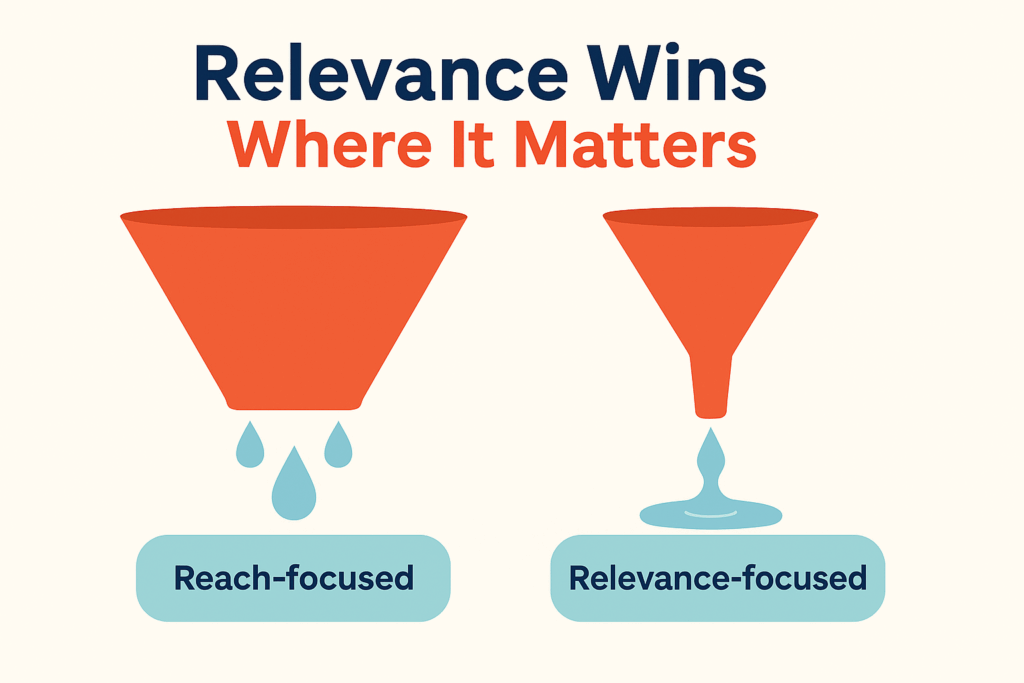
In today’s environment, building authority means going beyond topical coverage on your website. It means creating a web of interconnected assets across platforms, each reinforcing your expertise in that topic.
Start at the Bottom of the Funnel (Yes, Really)
One of the biggest mistakes we see is brands starting their content strategy at the top of the funnel, those high-volume, informational keywords that look great on a report but rarely convert. With AI models summarizing that content directly in the SERP, it’s harder than ever to get clicks from those terms.
Instead, flip the funnel. Begin with bottom-of-funnel content that speaks directly to high-intent users. That means:
- Brand terms (e.g., “[Your Company] pricing”)
- Product comparisons (e.g., “[Your Software] vs. [Competitor]”)
- Case studies, testimonials, and feature breakdowns
These searches don’t have massive volume, but they have real buying intent. By showing up here first, you build trust with your warmest prospects and generate revenue sooner.
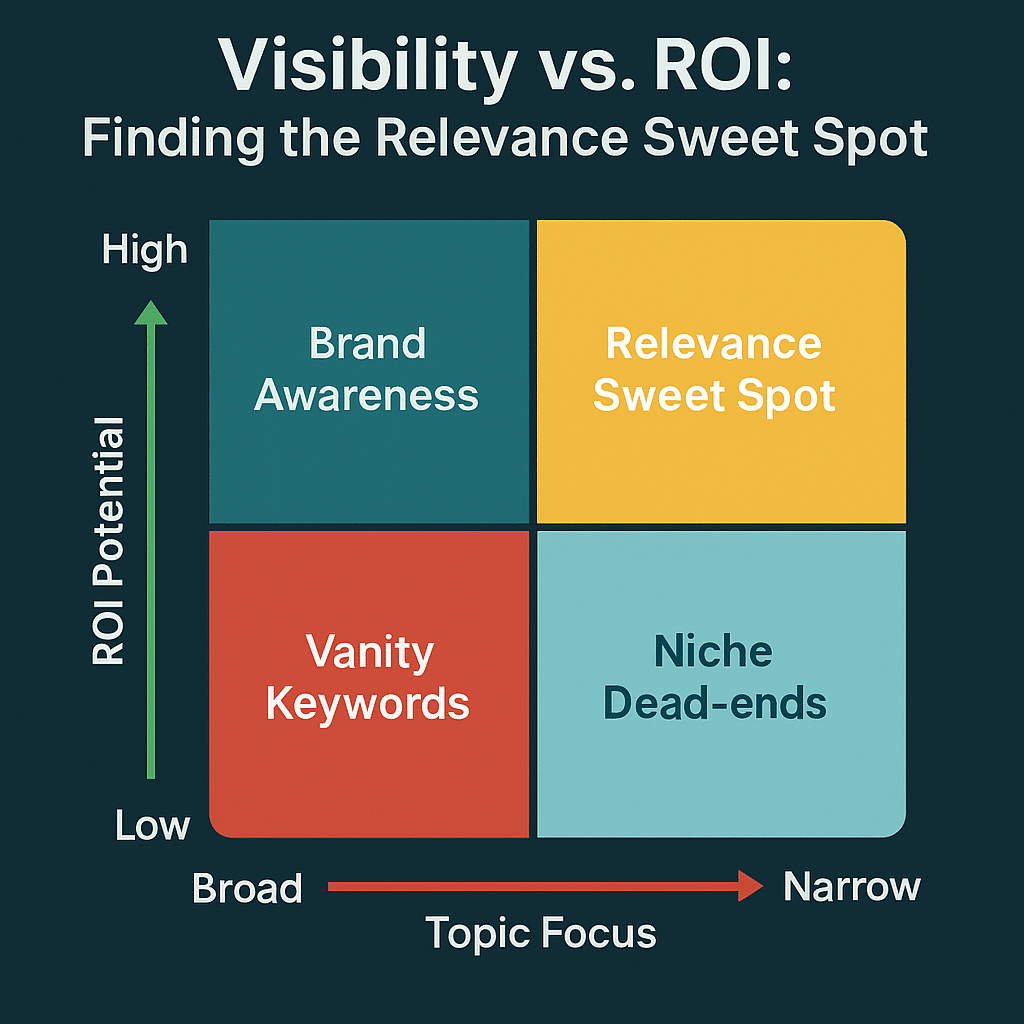
Your Channels: Owned, Rented, Paid, and Earned
To fully own a topic and its associated SERP, you need to think beyond “publish and pray.”
Owned assets are your website, your email list, and your customer data. These are the only platforms you control. This is where your strategy should start.
Rented assets are platforms like YouTube, LinkedIn, and X. They have reach, but you don’t own the audience. Still, Google favors these platforms heavily, so they’re essential to gaining visibility, just make sure you’re always pointing users back to your owned assets.
Paid assets give you a faster path to visibility. Running a branded Google Search Ad or boosting a key video can help you secure additional placements on page one.
Earned media is your long game. Backlinks, reviews, and user-generated content enhance your credibility across all channels, including in AI models like ChatGPT and Perplexity, where links are an underrated ranking signal.
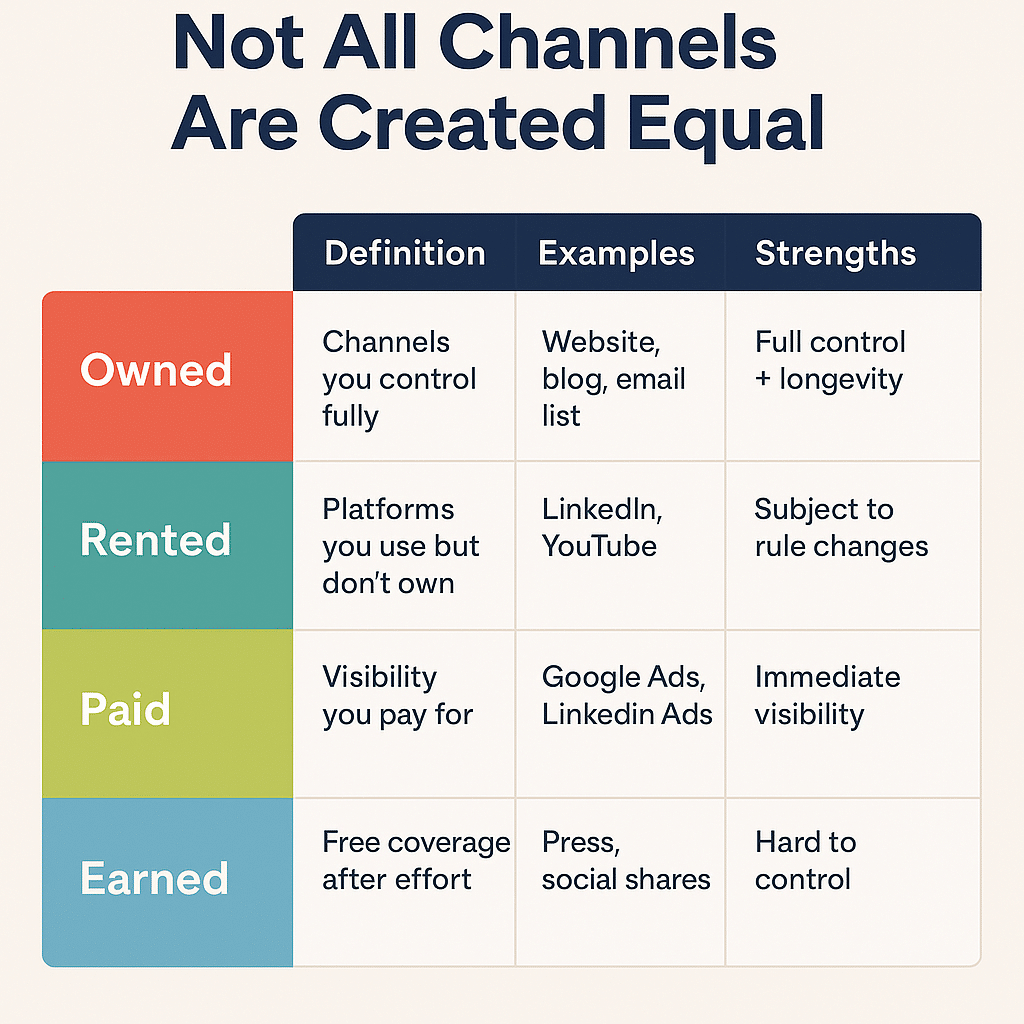
Create for Every Stage of the Funnel
Once your high-intent, bottom-of-funnel content is performing, build upward:
- Product Aware: Feature comparisons, alternative reviews
- Solution Aware: Tool roundups, category explainers
- Problem Aware: How-tos, checklists, strategic guides
- Unaware: Thought leadership, POV content, trend analysis
Use internal linking to move users between these pieces. If someone reads a blog post about SEO tools, make sure you guide them to a comparison page or a case study that shows how your solution stacks up. That’s how you turn awareness into action.
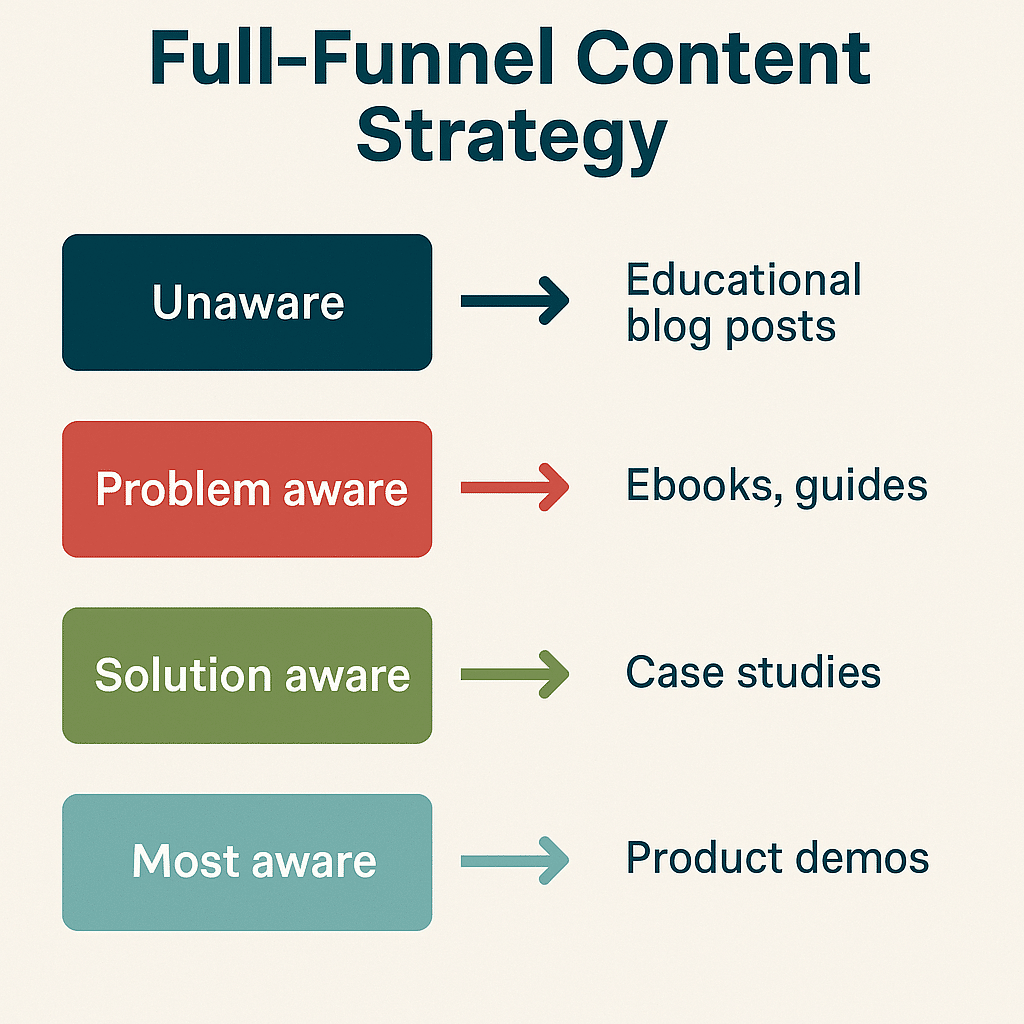
The Final Layer: Consistency and Expansion
Once your content is performing well on your site, repurpose it. Turn blog posts into YouTube videos. Summarize those videos on LinkedIn. Create carousel graphics for Instagram or LinkedIn using the same talking points.
Then monitor which platforms Google pulls into the SERP for your core topics. If videos rank high, go all in on YouTube. If Google is indexing social posts, prioritize short-form content.
And don’t forget about your Google Business Profile if you’re a local business. It’s one of the most visible brand assets Google owns, and it shows up even before your homepage.
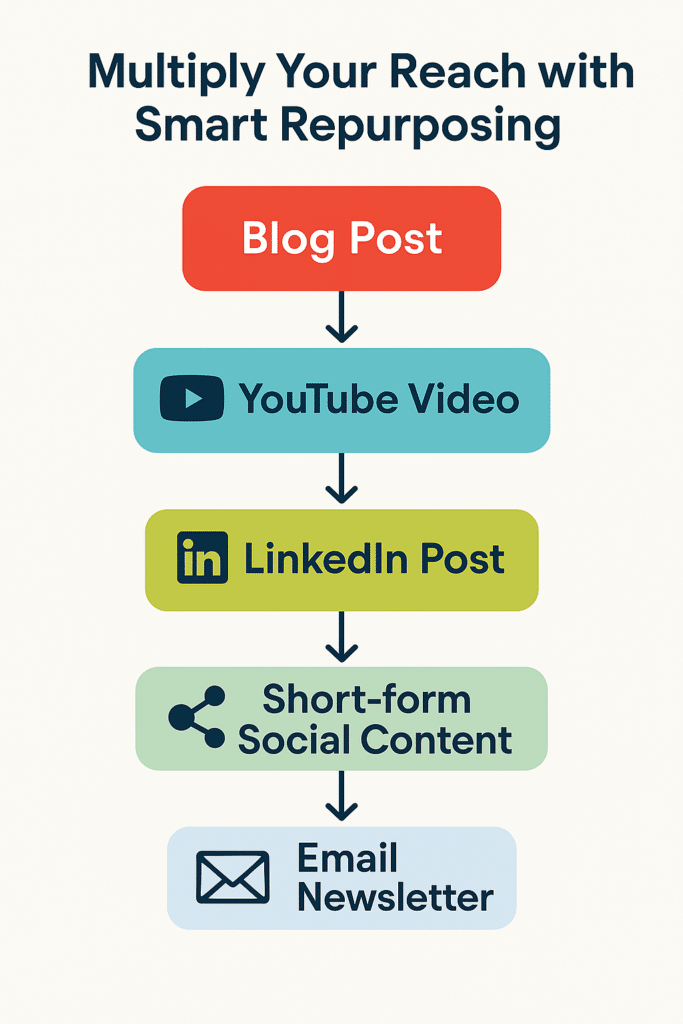
SEO Is a System, Not a Tactic
Owning page one today requires a holistic marketing system that includes:
- Search visibility
- Brand visibility
- Channel alignment
- Funnel coverage
At Pure Visibility, this is exactly how we approach SEO for our clients. We don’t just chase rankings, we build visibility across platforms and stages, so that your brand shows up wherever your customers are looking.
If you’re seeing declining clicks or you’re not sure how to adapt to AI Overviews, we can help.
Let’s talk.

